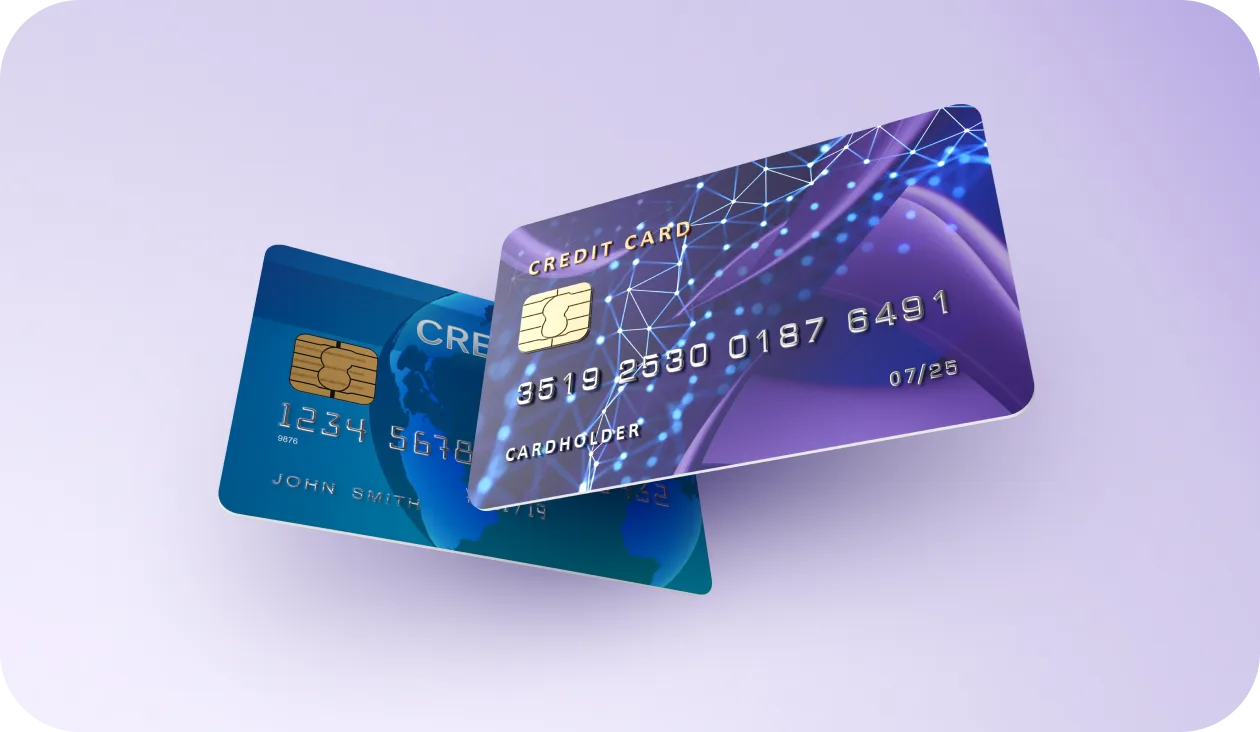
From Credit Score to Airport Score: A Smarter Way to Use Credit Builder and Travel Cards
If you’ve ever watched someone breeze into a lounge while you guarded a power outlet on the floor, you know what I mean by “airport score.” It’s the vibe upgrade—early boarding, comfy seats, maybe a surprise upgrade—that shows up when your money moves are working quietly in the background. Here’s the thing: you don’t need a huge income or a stack of cards to get there. You need a plan that starts simple, likely with a credit builder, and then graduates to the right travel rewards card at the right time.
Airport score: what it really means
I’m not talking about bragging rights. I’m talking about smooth travel: no-fee bags, a quiet place to work, and a boarding group that doesn’t leave you gate-checking your carry-on. Your everyday habits earn that. The gateway is a healthy credit profile—then you point that profile toward travel perks and let time do its thing. If your file is thin, a smart, low-fee credit builder is the cleanest first step.
Step 1: Build your floor with a credit builder
Start where you are. If your score’s light or you’ve got no history, open one starter line you can control. A credit builder card or a small builder loan is designed for this. Set one tiny, predictable bill—think your music or cloud storage—and turn on autopay. Keep utilization low (under 30%, under 10% is even nicer). Pay on time every time and let the reporting do the heavy lifting. Boring? Yes. Effective? Ridiculously.
Step 2: Graduate to your first travel card—on your terms
When you’ve stacked a few months of spotless payments and your score settles into the mid-600s or better, that’s your green light. Pick a no-fee or low-fee travel card with a realistic welcome bonus you can hit without changing your life. Run normal expenses through it, pay in full, and enjoy the little wins—priority boarding, maybe a TSA/PreCheck credit. If you’re still building, keep the credit builder open; old, positive accounts are gold for your average age of credit.
Step 3: Everyday habits that turn swipes into seats
Point the card at bills you were paying anyway—phone, streaming, transit, groceries. Hit category bonuses (dining, travel, gas) where they make sense and forget the rest. Pay the statement in full so your “travel rewards” don’t become “interest charges.” Track your utilization the week before statement close; that snapshot matters. If you still have a credit builder card, you can keep one small subscription there to maintain clean activity.
A quick, realistic timeline
Months 0–3: open one tradeline, set autopay, don’t miss. Months 3–6: keep balances tiny; consider adding a second on-time account if your file is very thin. Months 6–12: if your score’s settled nicely, apply for a beginner-friendly travel card and chase one bonus you can hit with regular spending. Months 12–18: reassess. Maybe add a co-branded airline or hotel card that actually matches where you fly. No rush—your oldest positive accounts, including any credit builder you started with, quietly raise your floor over time.
Pitfalls to sidestep so points don’t get pricey
Don’t carry a balance for “credit.” That myth lingers, but interest crushes value. Don’t overspend to hit a bonus; the math breaks the second you buy things you didn’t need. Avoid closing your oldest positive card unless a gnarly fee is eating you alive. And watch annual fees—make sure perks you actually use outweigh the cost. If a credit builder product has fees, they should be tiny and transparent.
Tiny math I use to value points (so I don’t overthink it)
Quick rule: if a point is worth about 1.5–2 cents to you, earning 3x points is roughly like 4.5–6% back. If a cash-back card gives you 2%, don’t swap to 1x points unless you need the protections or you’re saving for a specific trip. Also, protect your wins: redeem for flights or hotels where you get outsized value, not trinkets. Keep it simple and you’ll quietly optimize without turning this into a second job.
Ready to move? My picks on Consumer's Best
If you want a nudge, I pulled together my favorite starter travel cards and a couple of no-drama credit builder options on Consumer's Best. I keep it friendly, honest, and focused on what actually helps you get from “I hope I board early” to “See you in the lounge.” When you’re ready, pop over and compare the fine print, then pick the one that fits your life—not the other way around.
Frequently Asked Questions

Make Your Savings Grow Faster.
UFB Direct, a division of Axos Bank, offers a high-yield savings account designed for individuals looking to maximize their interest earnings with minimal fees. It's an online-only option focused on providing competitive rates and a straightforward banking experience.








